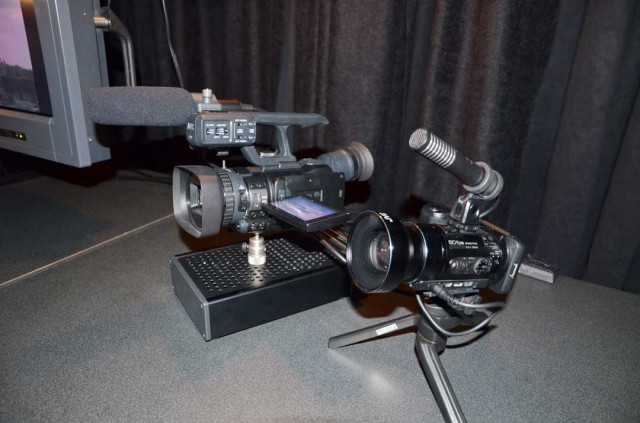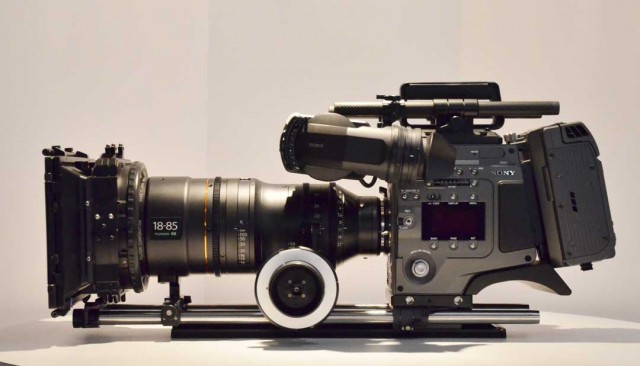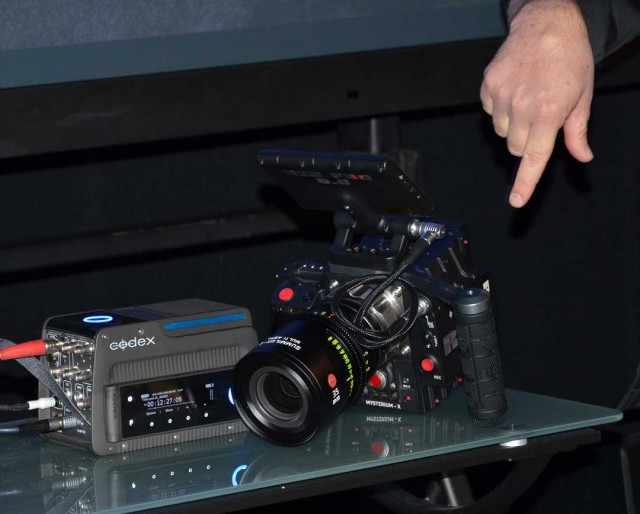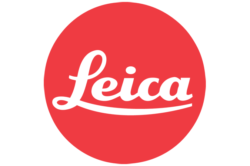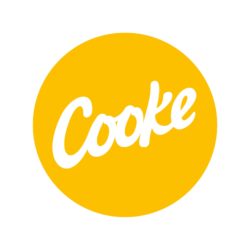NAB can be a weathervane, sometimes pointing where we’re headed. Sometimes taking us on detours. How many NABs proclaimed HD was coming, was here, was now?
The big deal for me at NAB2011 was life beyond HD, beyond 2K. I think we’re heading into a 4K world faster than we expected. Of course, RED predicted this long ago. But, when a giant company like Sony provides an entire food-chain of 4K, and we start seeing 4K monitors in greater numbers, and then we stop in our tracks in front of JVC at the other end of the hall–where they’re showing not one but two 4K prototype prosumer cameras, you definitely think beyond HD. I wouldn’t be surprised to see 4K in upcoming DSLR cameras. And why not? Current Canon DSLRs have sensors up to 22 Megapixels. When they do 4K video, will they be called 4KSLR cameras?
RED paved this parallel universe paradigm of digital still and motion picture camera design. It just took a little longer for this to catch on, somewhat like the migration by many to PL mount.
Why does this matter? Are we ready for 4K? What about storage, delivery and post?
It’s getting easier. Moore’s Law marches on. You will be able to store an entire 4K feature on a single drive pretty soon. (You can now store a 2K uncompressed show on a single hard drive that costs under $300.) I think 4K matters because it really looks good. I sat in a secret location watching 4K on an incredible 4K monitor, and as good as the 3D was at NAB, this 4K monitor looked so real you wanted to touch it. Canon showed us similarly compelling 4K at their Canon Expo last summer. Now that we’ve all bought our HD flat screens and 3D flat screens, what would you do if you were calling the shots at a giant consumer electronics display technology company? 4K.
We’re approaching 10,000 4K projectors worldwide. When shot well, you can sit in the front row and not see pixels or lines. This is much better than the traditional 1.5x screen width for film or 2K.
There are additional advantages to 4K. I don’t think I ever shot a commercial that wasn’t blown up. Shooting at higher resolution provides the chance for better blow-ups–art directors love to enlarge certain areas of the frame–especially when their product is in it. Medical imagining, industrial modeling, graphics–they will all benefit from 4K.
At the Sony booth, you were greeted with the sign “Believe Beyond HD.” Turn left, and you watched 4K shot by Curtis Clarke, ASC with the Sony F65, displayed by Sony 4K projectors. And, since a wise man once decreed that no format was ever successful without an established infrastructure, platform or whatever you want to call the medium where it’s recorded, when you turned right in the booth you encountered an entire counter full of SRMemory Recorders and SRMemory Cards up to 1 TB.
If this is old hat for RED, why all the fuss? It reminds me a little of Arlo Guthrie’s Alice’s Restaurant–if one person does it, it’s unique, if two, can you imagine, two…but fifty companies…friends, they may think it’s a movement. It’s also about lenses, and storage, and editing. More on that in later articles.
Widespread use of 4K may not happen overnight. TV shows and many features will continue to be shot in HD and 2K. Fauer’s law of camera delivery says that a camera is usually ready six to nine months after first sighting at NAB. ARRI and RED point out that picture quality is more important than counting pixels at the moment. But very soon, when we are sitting in the front row in a theater with superb 4K projection, we won’t even see those pixels. For the 2018 Winter Games, NHK promises us 8K display. Let the games begin.


